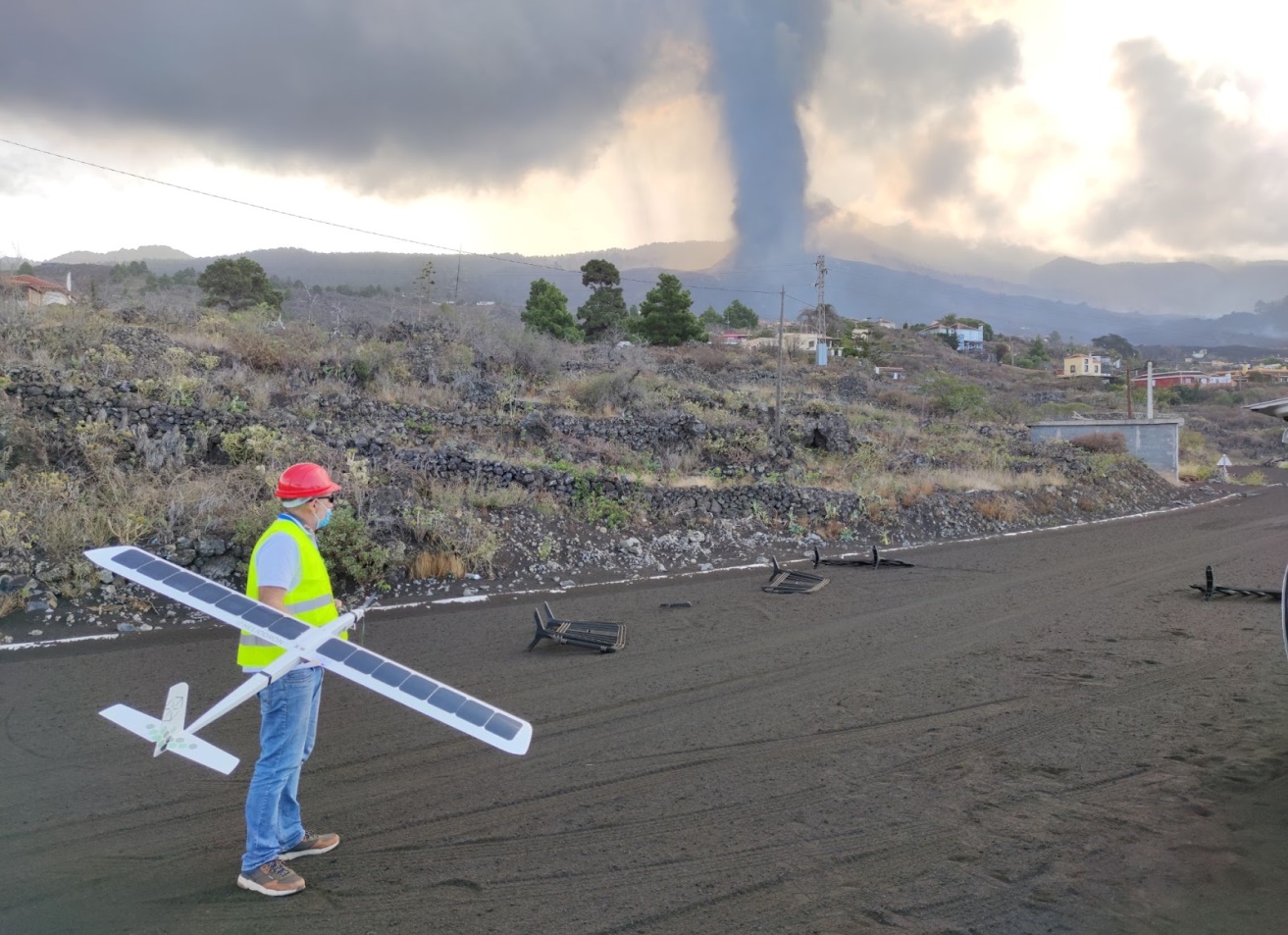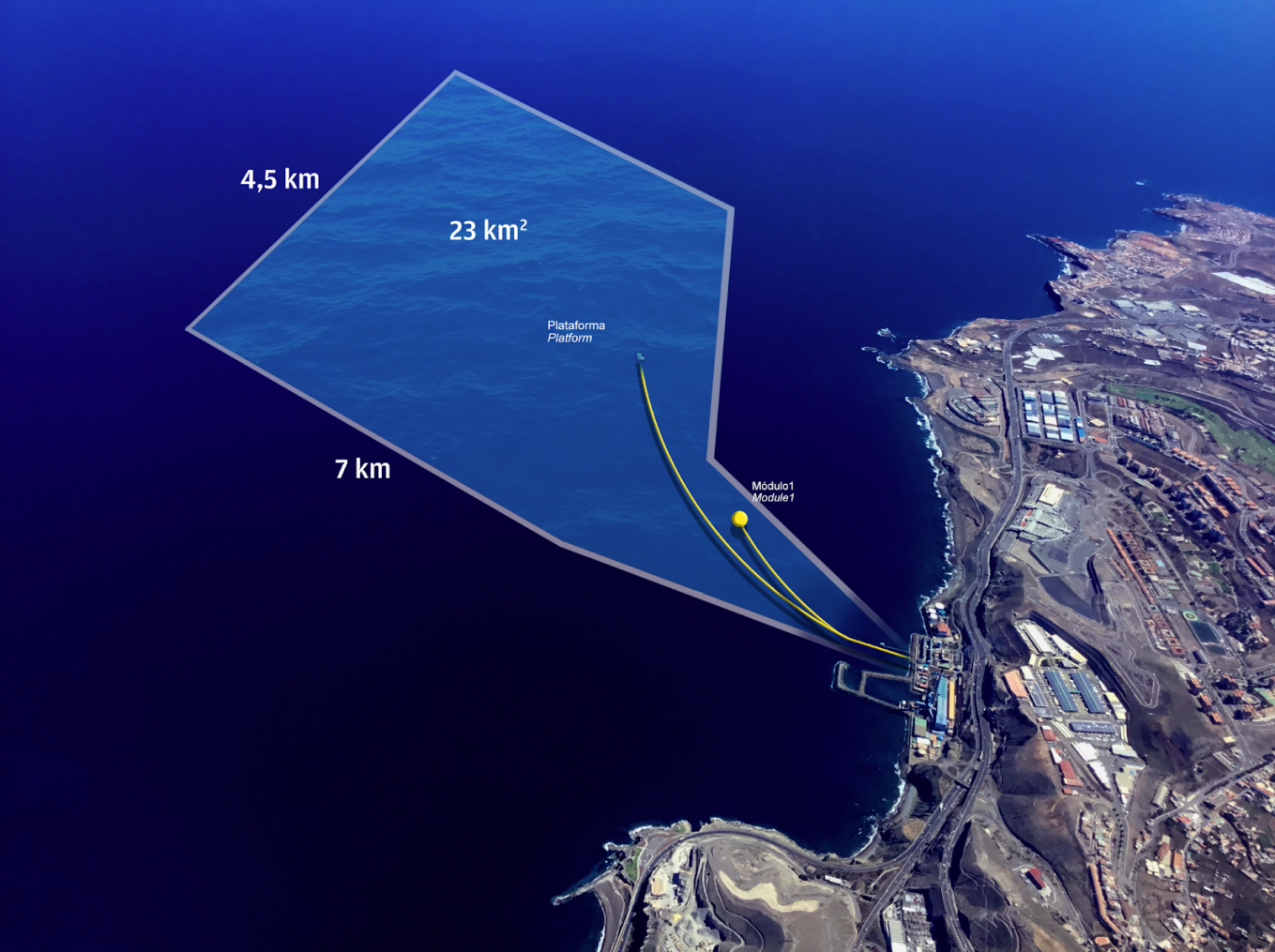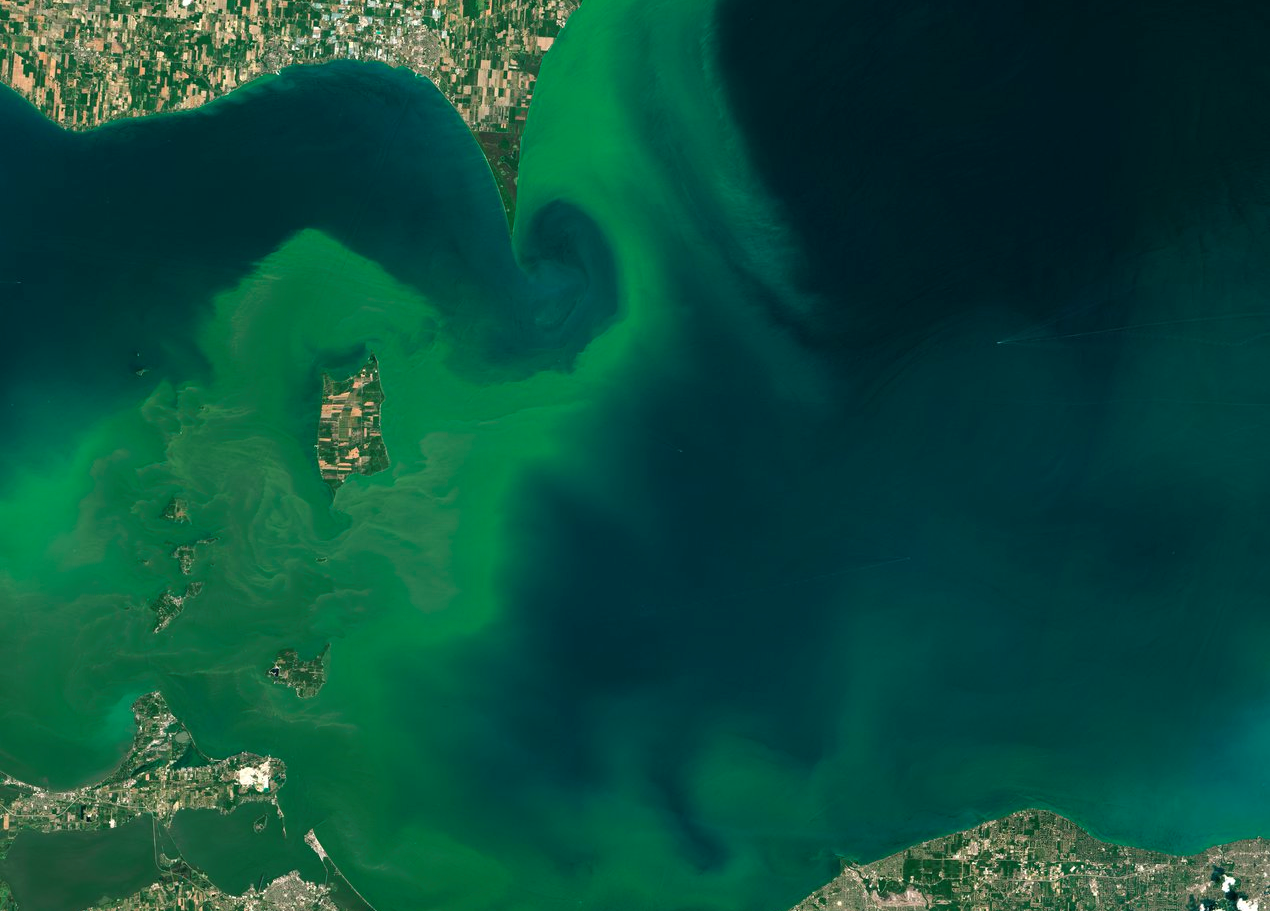The objective is to detect and identify spills of hydrocarbons, organic pollutants of human origin and waste that affect the fish farms located in the coastal marine environment of the island. At the same time, the quality of this environment will be monitored through the continuous analysis of environmental parameters and aerial images.
The Institute of Technology and Renewable Energy (ITER), dependent on the Cabildo de Tenerife, in its eagerness to contribute to sustainable development and the protection of the marine environment, begins the execution tasks of the PERSEO project for the monitoring of the marine ecosystem through the processing of multispectral images collected with a solar aerial platform.
PERSEO is a multidisciplinary project in which drones (UAVs), artificial intelligence, sensors and marine sciences come together with the aim of detecting and identifying spills of hydrocarbons, organic pollutants of human origin and waste to and from fish farms in the coastal marine environment, and at the same time monitor their quality through the continuous analysis of environmental parameters and aerial images.
The project is led by ITER together with a multidisciplinary public-private consortium in the field of marine sciences and technologies made up by the University of Las Palmas de Gran Canaria (ULPGC), Plataforma Oceánica de Canarias (PLOCAN) and the company Elittoral.
The main objective of PERSEO is the development of an autonomous, zero-emission and environmentally friendly aerial platform thanks to the use of solar energy to enhance its autonomy. It will be equipped with different sensors (low-cost multispectral cameras developed specifically for this purpose) and algorithms based on Artificial Intelligence (AI) integrated into electronic systems capable of running real-time applications to monitor the ocean.
The monitoring of the marine ecosystem through the use of drones is a valuable tool to collect meteorological data, photograph marine life and the topography of the ocean floor, and monitor water quality, essential to know the state of the environment and therefore help in decision-making for its better conservation.
The advantages of using drones instead of ships or planes for ocean monitoring is that they are smaller, cheaper and easier to maneuver than ships or planes. This implies that they can cover areas that may be too dangerous or inaccessible to other means of transport. They can also fly for longer periods of time than airplanes, allowing them to collect data for longer periods.
In addition, drones can be equipped with different types of sensors and cameras that can collect different types of data, such as high-resolution images, temperature and salinity measurements, and gas concentration readings.

HELIODRON solar aircraft, previously developed by ITER, used to take pictures in risk situations or natural disastersIn particular, the project suggests as case study to monitor the environments close to aquaculture production systems, due to the importance they have in the global production of fish and molluscs as well as in the reduction of the capture of wild fish. To this end, an autonomous aerial vehicle with vertical take-off (VTOL) and multispectral thermal imaging sensors to detect pollutants will be developed. In parallel, samples and chemical measurements of the marine environment will be collected using of autonomous marine platforms to corroborate the detection of pollutants by processing images taken with the drone, using artificial intelligence (AI) techniques.
For the validation of the results, PERSEO will make use of a «natural laboratory» in the sea of 23 km2 in the north of the island of Gran Canaria, managed by PLOCAN, which has a Singular Scientific and Technical Infrastructure (ICTS) with a unique combination of services, operations, a multipurpose platform at sea, observatories and test facilities.

Validation area of the PERSEO project, located in the north of the island of Gran Canaria.
The PERSEO project (CPP2021-008527), coordinated by ITER´s Robotics Unit, will last 36 months and is funded by the Ministry of Science and Innovation and the State Research Agency (10.13039/501100011033) and by the European Union within the framework of the EU Next Generation EU Recovery Plan and the Recovery Plan, Transformation and Resilience of Spain (PRTR).


